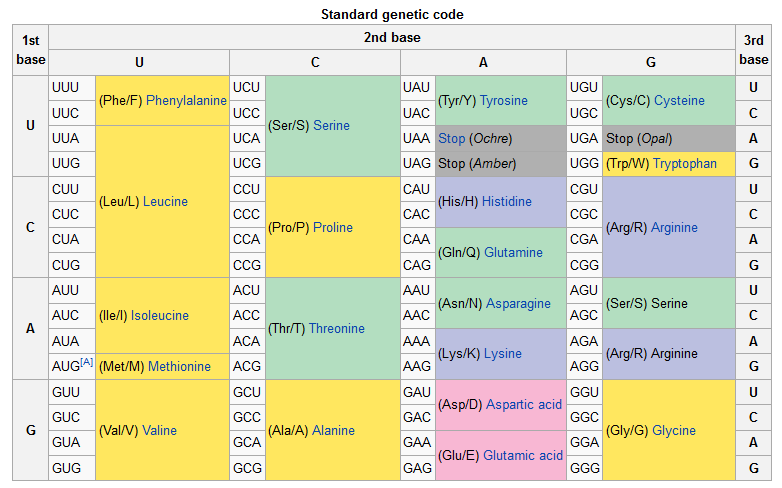How do nucleic acids control protein synthesis?
1 Answer
A gene expresses itself through protein synthesis. Gene is a meaningful stretch of DNA (deoxyribo nucleic acid). Nuclear DNA could be seen as a huge cookbook where recipes of thousands of proteins are stored, but only few dishes are cooked at a time in cellular kitchen. Recipe of individual protein is copied on a small molecule of RNA from DNA and accordingly protein molecule is generated on ribosomes .
Explanation:
Proteins are most important protoplasmic molecules. Proteins are also floating in cellular membranes as 'icebergs' in a sea of lipid. Proteins determine the characteristics of a cell. Recipe of a protein is written on a stretch of double helical DNA, called gene.

Each protein is a polymer of amino acids called polypeptide: twenty amino acids are reported from biological world. Sequence of amino acids in a protein are written in our genetic material, i.e. on DNA.
One amino acid is represented on the nucleic acid by a triplet codon i.e. a sequence of three consequetive nucleotides, nitrogen bases of which form a 'genetic word'. We know there are only four 'letter's in DNA: A, T, G and C. Thus 64 triplet codons/genetic words are present in genetic language. Recipes of thousands of proteins are written in DNA, which we refer as genes, using 4 letters and 61 codons. Three codons are 'nonsense'.
Large DNA molecules are safely kept aside (in nucleus of eukaryotic cells) and single recipe of a protein is copied on smaller and simpler messengerRNA. Formation of complementary RNA from a strand of genetic DNA is called TRANSCRIPTION.
Other important RNA molecules are transferRNA and ribosomalRNA. Sequence of amino acids of a protein in mRNA is written in same genetic language but here T is replaced by U.

Codons written on mRNA could be read by ribosomes which are involved in TRANSLATION. At a time two codons get exposed on surface of ribosome. Corresponding 'anticodon' bearing tRNAs come and attach to the codons. tRNAs transfer specific amino acids from cytoplasmic pool to ribosome for polypeptide chain formation.
Last but not the least, a molecule of rRNA present in large ribosomal subunit helps in formation of polypeptide bond between two amino acids. Such enzymatic rRNA molecule is called a ribozyme.
Of 64 possible triplets representing different amino acids, three are 'nonsense': hence regarded as 'stop' codons which will end polypeptide chain formation.
Here is a video which summarizes the central dogma of molecular biology using DNA Workshop from PBS.
video from: [Noel Pauller]


